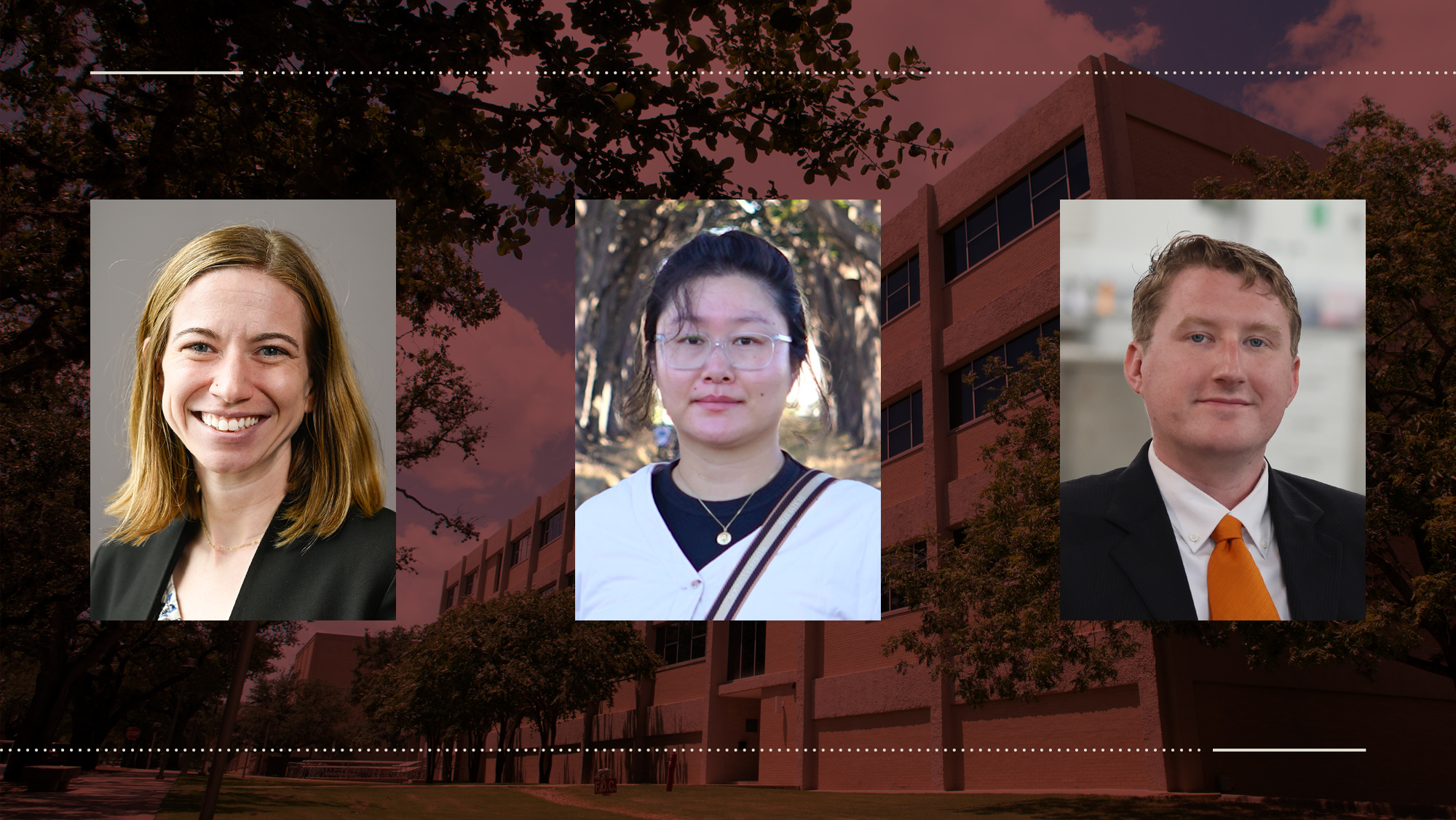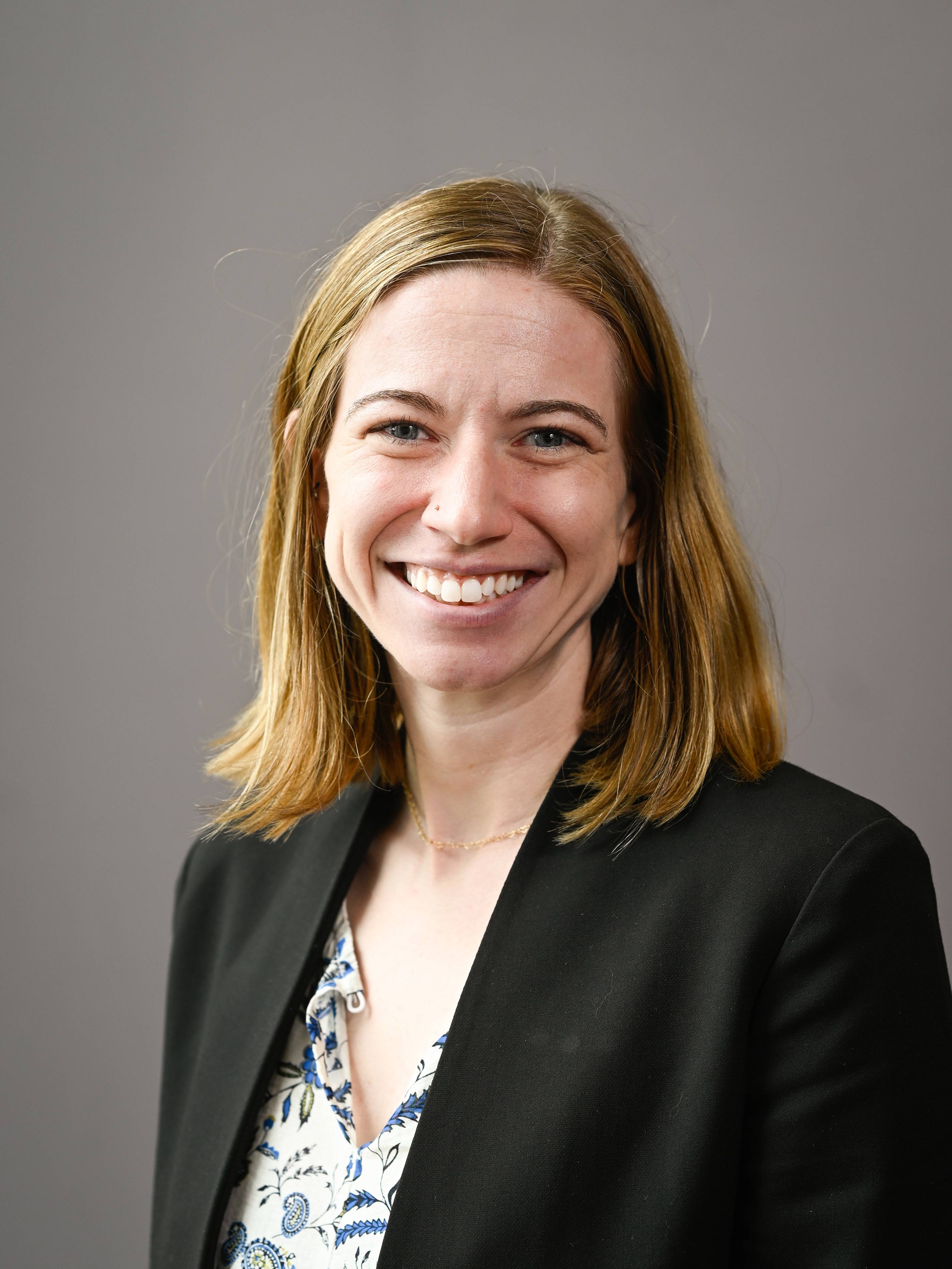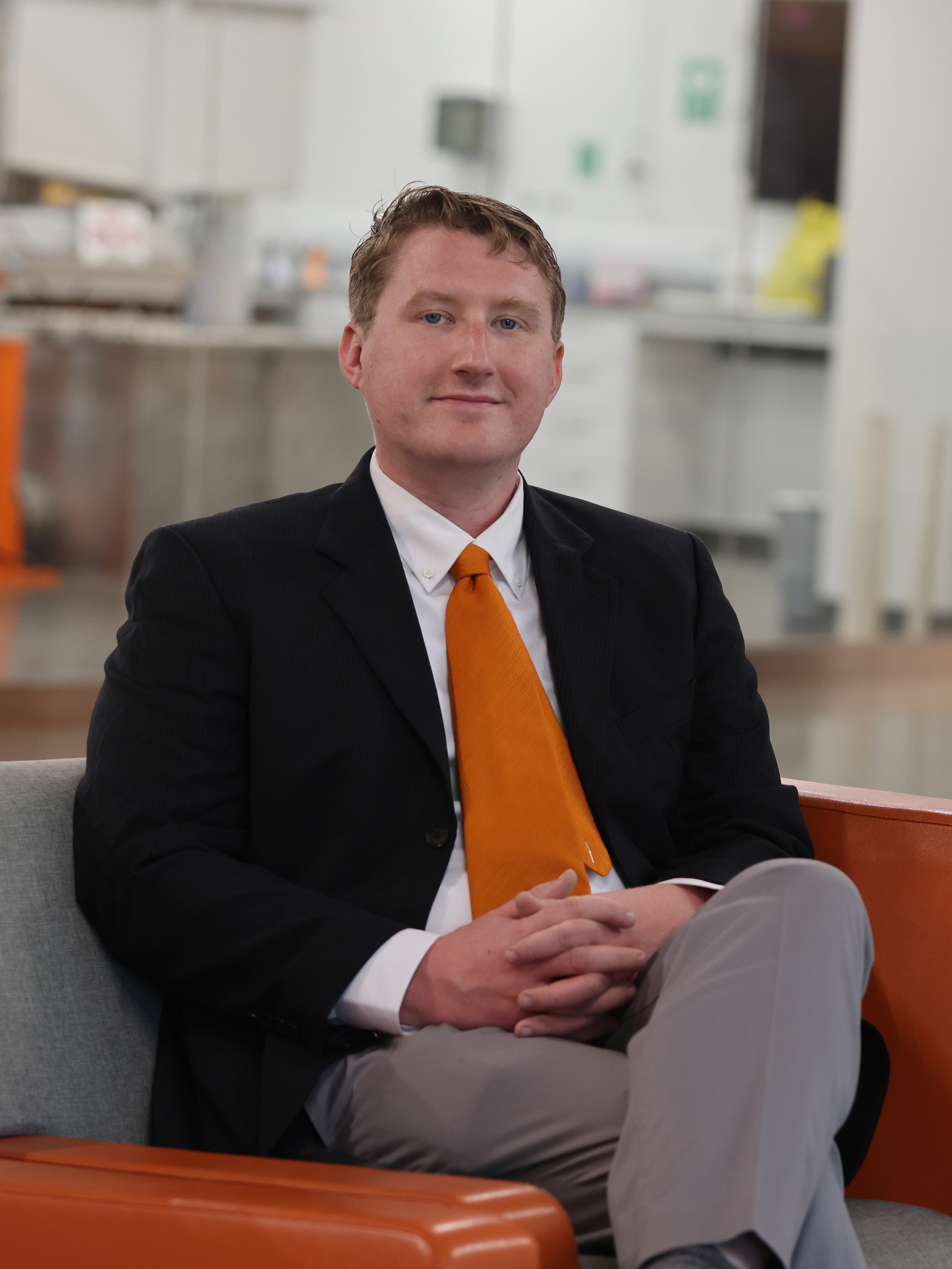
Like proud parents, the faculty of the Texas A&M University’s Department of Materials Science and Engineering have a lot to boast about. In the 21 years since the first Ph.D. graduate of the interdisciplinary graduate program, 40 of its former doctoral students have gone on to hold tenured or tenure-track faculty positions. This year alone, four graduates — about 20% of a typical Ph.D. cohort — accepted faculty positions.
Department head Ibrahim Karaman said the youth of the department gives it a competitive edge. The department admitted its first graduate student in 2003, became a department in 2013 and awarded its first bachelor’s degrees in 2018.
“We have state-of-the-art research facilities, passionate faculty and being new, young and ambitious, kind of sets us apart,” said Karaman, the Chevron Professor of Materials Science and Engineering. “We have the momentum and passion to educate students and to change the way they’re taught. We treat them like they are our colleagues and strive to have a very collaborative environment.”
The three doctoral graduates who began new faculty positions in August praised the interdisciplinary nature of the faculty and research but gave credit most of all to the strong sense of camaraderie and the powerful mentorship provided by its faculty.
Mentorship that inspires new educators: Dr. Alexandra Easley

“I found some amazing mentors throughout my Ph.D. that have really supported me,” said Dr. Alexandra Easley, now an assistant professor in the Department of Chemical and Biomolecular Engineering at North Carolina State University. “The research and research capabilities at A&M were part of it, but really, it’s the people. They truly supported me.”
Her research advisor, Dr. Jodie Lutkenhaus, holds dual faculty appointments in chemical engineering and materials science. Dr. Emily Pentzer, who has affiliated faculty appointments in material science and chemistry, provided teaching mentorship, helping Easley create curricula and lesson plans. Dr. Karen Wooley, who at the time held appointments in all three departments (chemical engineering, materials science and engineering and chemistry), collaborated on research with Lutkenhaus and Easley, and provided additional mentoring.
“Jodie went above and beyond to provide mentorship toward my career,” Easley explained. “Karen encouraged me to try to accomplish what she knew I could and helped me network with others outside of the field.
“Emily has a similar personality to mine. We’re both very extroverted and animated when talking to people. Seeing her be herself in classroom settings — but also in department committee meetings and in all her professional obligations — helped inspire me to pursue a career in academia.”
Learning through example: Dr. Tianyang Zhou

Dr. Tianyang Zhou, now an assistant professor in aerospace engineering at San Jose State University, sums it up succinctly.
“The personnel and mentoring,” she said when asked what helped her the most. “All the faculty members in MSEN I interacted with were very helpful, and always willing and available to share their experience. These role models definitely had a profound influence on me.”
She credits her advisors, Dr. Dimitris Lagoudas and Dr. Jim Boyd, for helping her get through her Ph.D. studies and research. “Their mentorship not only shaped my research in mechanics and multifunctional materials but also taught me critical thinking,” Zhou said.
Lagoudas is a professor in MSEN and interim department head of the Department of Aerospace Engineering at Texas A&M. Boyd is an associate professor in aerospace engineering.
“I learned the fundamentals of good teaching from Dr. Jeffrey Bullard of MSEN. From just one semester working with him, I gained lessons on organized teaching that continue to guide me to this day,” Zhou continued.
“Dr. Svetlana Sukhishvili’s kindness and encouragement during my early days as a graduate student made a lasting impact. Her ability to simplify complex concepts in soft materials showed me not only how to learn but also how to teach with clarity and empathy.” Sukhishvili is a professor in materials science and engineering.
She credits Lutkenhaus with being a strong role model. “Working closely with Dr. Lutkenhaus greatly enhanced my organizational skills and taught me how to build collaborations and navigate multidisciplinary research,” Zhou said. “And Dr. Karaman encouraged me to pursue my goal of becoming a professor and saw that potential in me even when I doubted myself.”
Building a career from collaborative mentorship: Dr. Timothy Brown

Dr. Timothy Brown, now an assistant professor of electrical engineering at Oklahoma State University, said, “I met my advisor, Dr. Patrick Shamberger, when he had just joined Texas A&M University. Although the typical wisdom is to try to work with a more established principal investigator, he and his wife took me to dinner when I was visiting A&M.
“We just really hit it off while talking about the applications of thermodynamics to solid state cooling. And I decided this is who I want to work for, and this is why I want to come.”
Shamberger, now an associate professor in the department, directs the undergraduate program and leads the PHATE research group.
Brown also credits the mentorship he received in his first postdoctoral job at the university, working with Dr. R. Stanley Williams, a former vice president of research at Hewlett Packard Labs, who had just joined the electrical and computer engineering faculty.
“Stan is just a gigantic figure in science who came to Texas A&M, and I met him at the right time. He connected me with one of his former postdocs at Sandia National Laboratories, who subsequently mentored me for three years. My continued work with Dr. Williams on the reMIND EFRC is the main reason I’m a faculty member now.”
Diverse research fosters cross-disciplinary collaboration
The collaborative atmosphere extends into the department’s research specialties. As the only materials science and engineering department at a large Texas university, it embodies a wide range of materials research. This allows graduate students to bring their own diverse research backgrounds to the department, work in a related area of research for the doctoral degree, then transition to a wide range of academic and other research environments post-graduation.
When they become faculty members, they carry forward the collaborative research practices and problem-solving approaches gained at Texas A&M as they shape the future of their fields.
For example, Easley arrived at Texas A&M with a degree in biomedical engineering. During graduate school, she worked primarily on finding a polymer that could replace metals in lithium-ion batteries.
At North Carolina State, she plans to focus on exploring polymers for large-scale (power grid-scale) energy storage, but she’s open-minded. “We’ll see where things take me,” she said.
Zhan, on the other hand, said her research was primarily computational. Before coming to Texas A&M for her doctorate, she studied composite materials and engineering mechanics. Her Ph.D. work focused on understanding the materials used in structural batteries; her postdoctoral research extended that focus to the extreme conditions of space.
“My research now focuses on developing smart materials and structural batteries, which have the potential to revolutionize energy storage and multifunctional materials,” Zhou said. She’s also addressing critical challenges in several high-impact space applications, such as deployable structures, wearable electronics and rovers.
Brown began his college studies in engineering physics, focusing on computation, signal processing and transistors. As an undergrad, he developed a strong interest in the materials science of silicon and semiconductor physics. This led him to pursue his dissertation work with Shamberger on magnetocaloric materials, known as materials that change their magnetic properties when heated or cooled.
“In broad scope, I was trying to understand how to make that change in the magnetic properties with temperature more energy efficient,” he said. “Now I’m working with materials that change electrical properties with temperature fluctuation, as opposed to magnetic. That’s how I went from materials science to electrical engineering.”
More specifically, Brown’s research focuses on analyzing the computations in the big data behind facial recognition, trying to move from the traditional on-off switches in computer transistors to make things more like the brain — artificial neurons and artificial synapses that exploit the physics in the materials themselves — to make the computation more efficient.
Graduate mentorship builds leadership for the future
The department now has 300 undergraduates (sophomores, juniors and seniors) and at least half gain research experience through a program called Engineering X. The program requires undergraduates to engage in activities beyond the classroom: an internship, a co-op, study abroad or other experiential learning opportunities. About half of the students opt for research work under a faculty director with day-to-day guidance from graduate students, who also gain experience mentoring undergraduates.
Those mentoring experiences set doctoral study apart from other universities, giving its graduates a distinct advantage when pursuing academic careers.
“Imagine, we have about 150 Ph.D. students at a time, and 300 undergraduate students, 150 of whom will gain research experience while here,” Karaman said. “That means our graduate students will mentor at least one undergraduate student during their Ph.D. studies and research.”
In addition to the 40 doctoral graduates in faculty positions, another 35 are currently conducting postdoctoral research at universities and governmental research laboratories worldwide.
“When considering the breadth of knowledge of the faculty, their interest in cross-department collaboration and the world-class shared facilities of the Texas A&M MSEN department, there’s really no better place for students to do impactful collaborative research,” Brown said.